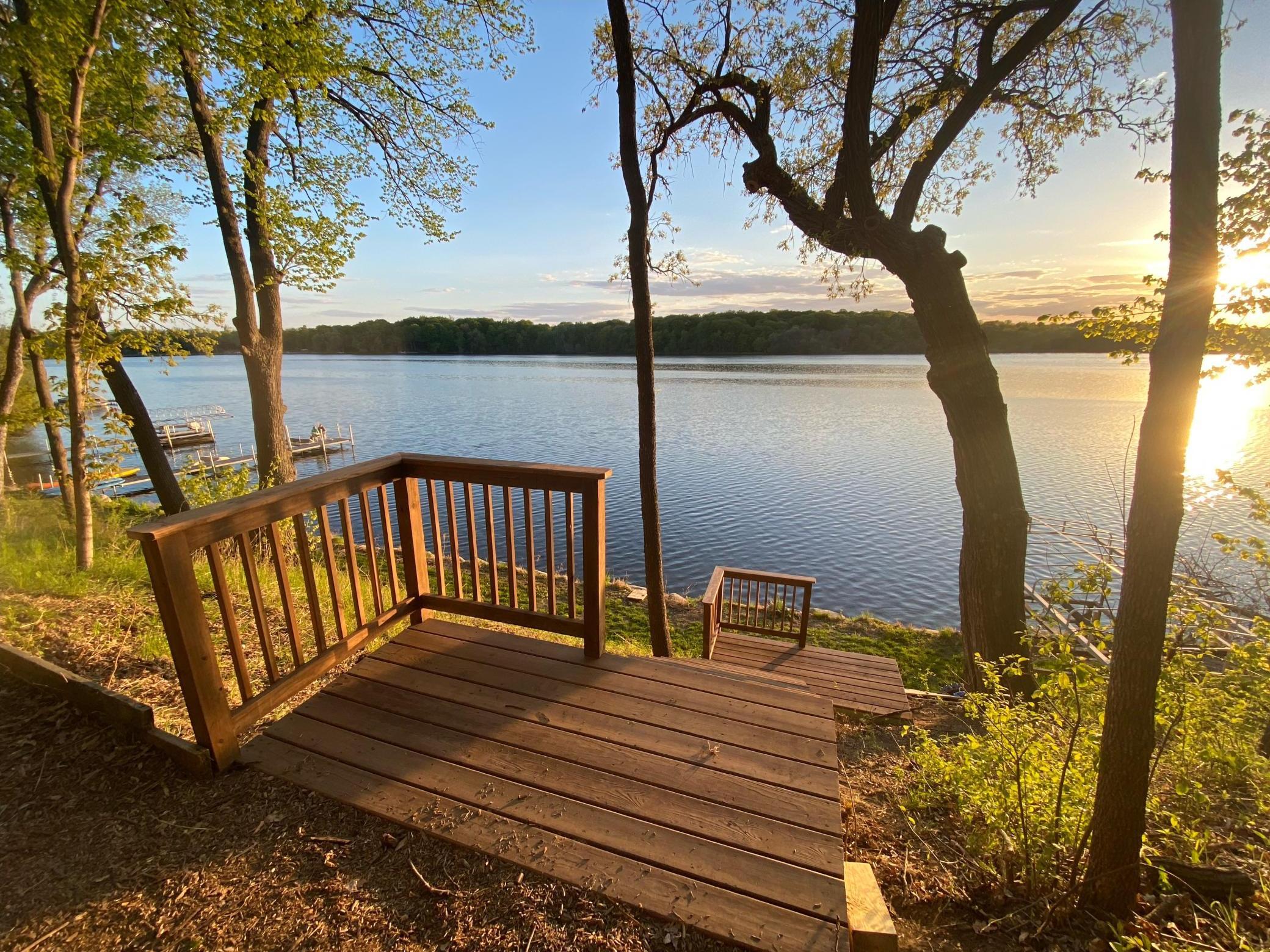If you're looking to buy or sell a property in Minnesota, it's essential to understand the basics of planned unit developments (PUDs). You need to have an understanding of what a PUD is in real estate as well. A PUD is a type of housing development that includes multiple types of residential properties, like single-family homes and townhomes. In addition, there may be amenities like swimming pools and common areas with beautifully landscaped surroundings within the development.
Understanding what a PUD means in real estate transactions can also be critical when searching for mortgage qualifications. Homebuyers often choose listings labeled "PUD homes without knowing what they mean. However, obtaining information regarding their meaning will permit homeowners association (HOA) management companies to have more transparency concerning communication with residents.
In this article, we will take an informative look at everything you need to know about planned unit developments so you can get your thoughts on track.

What is a PUD in Real Estate?
A planned unit development is an uncommon type of housing development where communities are built around particular themes or aesthetics. These "themes" may contain multiple types, including single-family homes, townhomes, and even condominiums that offer wide ranges in property value.
The community of homes looks like standard zoning with local government rules and regulations within a pud. However, they are located within specific zones designated for planned urban developments by municipal ordinance.
PUDs often come with private amenities and resources not necessarily found in common residential areas. The homeowners association (HOA) refers to the group responsible for maintaining these shared common areas, such as swimming pools and parks, along with overall management to guarantee consistency throughout circumstances, which is much different from "standard" accountability procedures.
What is the purpose of a planned unit development?
The goal is to offer a more traditional neighborhood lifestyle that combines residential and recreational purposes in one area. Puds also include amenities such as grocery stores, parks, clubs, etc. throughout housing developments.
A PUD may achieve this by providing homeowners with unique benefits not found in other communities, such as pet ownership rules, religious institutions, or specific landscape requirements not necessarily enforced outside community living areas. HOAs focus on management to encourage constant improvements while maintaining high standards concerning amenities and services provided. At the same time, they offer residents access to an uncommon range of exciting opportunities within their very neighborhood.
Types of PUDs
Planned Unit Development in real estate encompasses different types of property developments that meet specific needs within zoning regulations for homes. In Minnesota, it is not unusual to come across many variations when it comes to living in a pud community. Residential PUDs cater to communities of single-family homes, townhomes, and condominium units. On the other hand, commercial real estate revolves around office buildings or shopping centers focused on retailing various products for consumers.
- Single-family PUDs
One example of a planned unit development is made up of single-family homes. These types generally include detached or attached houses within an exclusive community that shares common areas and amenities like parks, playgrounds, gardens, and even swimming pools. It provides residents with access to shared outdoor spaces useful for activities like sports and picnics, without maintenance needs falling entirely on homeowners.
- Townhome PUDs
Townhomes are also common in PUDs. These types typically come with attached homes that share walls and may be part of an exclusive community with more than one unit per building structure. They offer benefits such as low maintenance costs to associations responsible for home exterior upkeep. It still provides residents with access to communal spaces like clubhouses or fitness centers within the PUD.
- Condominium PUDs
Another type of planned unit development is a condominium PUD. These types usually feature multi-unit buildings arranged in low-rises or high-rises with well-designed architecture and unique interiors. They may be located on elevated terrain with gorgeous views and include amenities like swimming pools, fitness centers, terraces, and open spaces. It offers the buyers an appealing balance between peaceful tranquility and remaining active within their community.
PUD vs. HOA, What is the Difference?
While PUDs and HOAs are often used interchangeably, they're not the same thing in real estate. A homeowner association (HOA) manages everything within a specific community area and city codes. Typically financed through dues or assessments paid by resident homeowners for ongoing maintenance of common areas.
On the contrary, a planned unit development may generally include different types of property, like single-family homes or townhomes, within one development area, with additional amenities such as manicured lawns shared among the complexes/properties that make up these subdivisions.
Understanding these differences between a PUD and an HOA is crucial to knowing what you can expect when owning a property in either type of arrangement.
What Amenities Are Included In A PUD?
One of the significant benefits of buying property in a planned unit development is access to amenities. PUDs may typically offer buyers more traditional housing development options like single-family homes or townhomes but also boast additional bonuses such as community swimming pools, sports complexes, and entertainment areas solely for residents that can make homeownership feel almost like living at a resort.
If you're looking for breathtaking landscaping, privately managed roads, and well-managed properties paired with luxury-style features - in that case, calling some PUD real estate developers might offer opportunities to find an exciting new home in one of these incredible settings.
How to Find Out If You're In a PUD
It may take time to determine whether you live in a planned unit development, but there are certainly some ways to check. Look for your deed or legal description of your property and search for any mention of it being part of planned unit developments. Another surefire way is by contacting the local county recorder's office and asking them directly.
If all else fails, contact your homeowners' association (HOA) or property management company (if any). They should have documentation that outlines what can be expected when living within these urban village-like communities.
Pros and Cons of PUD Property Ownership
Like all forms of property ownership, puds have their pros and cons.
Pros:
- Wide range of amenities available for occupants.
- Shared maintenance responsibilities equate to lower individual workloads for residents.
- HOA preserves standard zoning restrictions, which ensures overall residential property values remain intact.
Cons:
- Stricter guidelines than in typical neighborhoods as structures require prior approval from an architectural committee governed by HOAs.
- Higher monthly dues outside typically for owned utilities and/or house payments.
- Coupled with these increased costs come higher requirements associated with mortgage lending qualifications.
It's crucial to weigh such pros and cons when considering purchase options or utilizing programs afforded certain regulated income thresholds. Planning your homebuying process properly can help you decide whether buying a planned unit development is right for you.
How PUDs and HOAs Impact Homeownership and Lifestyle
Many PUDs offer a more traditional neighborhood setting with sprawling landscapes, communal areas for gathering such as barbecue grills or playground equipment, and superior quality amenities such as swimming pools, fitness centers, and tennis courts, to mention a few. And your next-door neighbor may reside in an entirely different property type or style. Remember that an HOA-managed community provides close-knit neighborhoods that often foster strong relationships between residents. It helps maintain high living standards while allowing you access to perks like paved roads and well-maintained pathways/sidewalks for pedestrians/strollers taking in the scenery on their way home from work.
How PUDs & HOAs Can Affect Your Mortgage
Purchasing property within a planned unit development area or HOA community will usually require new homeowners to become members of said associations and pay fees. These payment requirements act as an essential contingency when qualifying for mortgage lending. Choosing the right property is fundamental before applying.
To ensure a satisfactory living experience, we recommend thoroughly researching the available amenities, such as indoor fitness centers and paved walkways. It's important to consider accessibility for all residents and visitors, including those with visual impairments. It is also crucial to establish clear legal expectations through regular committee meetings between management staff, company representatives, and resident owners.
Buying a Home in a PUD
When buying a home in a planned unit development (PUD), there are unique considerations to be aware of. Working with an experienced local real estate agent like Excelsior Realty can help ensure you're fully informed throughout the process. One essential aspect to consider is that your home won't typically be located on its own individual plot of land. Instead, it will be under shared ownership of the common areas and amenities within the development.
It's also important to understand that you'll likely need to pay monthly dues or fees, depending on your association agreement, as a part of living in this community governed by homeowners associations (HOAs). However, being part of a planning unit owner makes it possible for residents to access these facilities, usually without membership costs at other communities!
The Bottom Line
In conclusion, a planned unit development (PUD) offers unique homeownership opportunities but has its own pros and cons. Whether you're new to the PUD concept or have questions about other aspects concerning any particular PUD, seeking experts' opinions will help you in a great way. If you're considering buying or selling property in Minnesota, it's important to work with experienced real estate professionals like Excelsior Realty. Our team will guide you through every aspect of your real estate transaction.
Contact us today if you want expert guidance on how to navigate these types of complexes while maximizing your profits.
Remember: Do not sign any documents until all of your doubts are satisfied.


